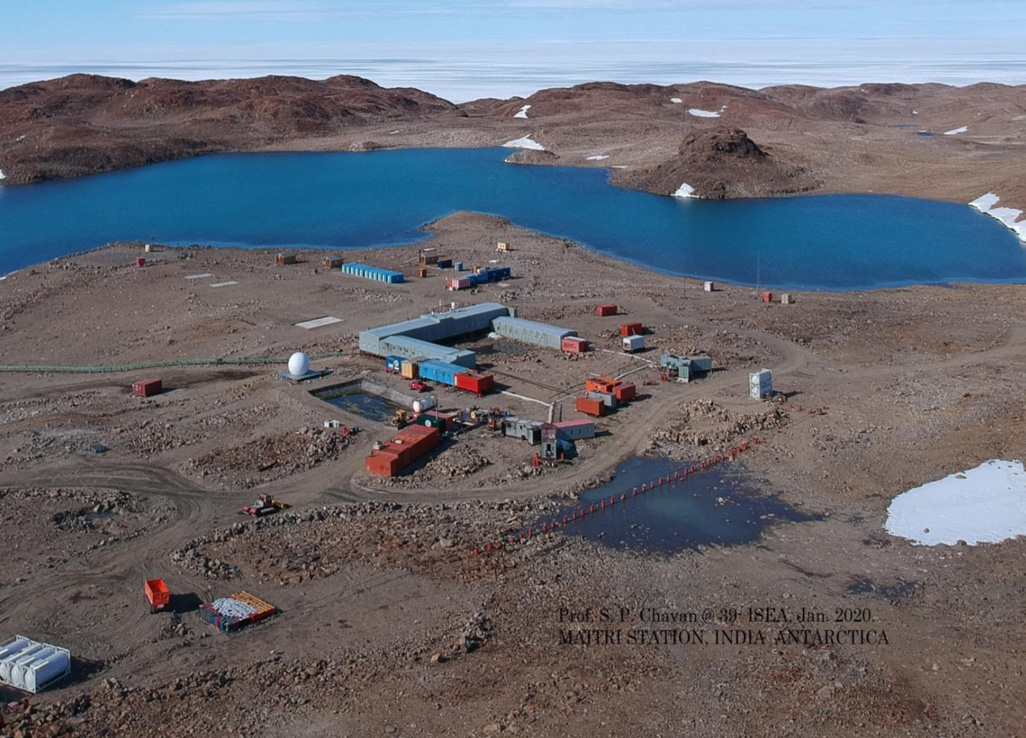Taking Satellites to Heart: India’s Air Pollution Monitoring and the Disease Burden of Poor Air Quality. In conversation with Professor Sagnik Dey on Science, Health, and Policy.
Published: Feb 1, 2025
Published: Feb 1, 2025

According to Professor Sagnik Dey, over 75 per cent of India’s population breathes air that does not meet national standards. According to WHO air quality guidelines, almost 95 or 98 per cent of India’s air quality is poor. (Photo Courtesy: Prasad, Guwahati).
Keep reading with one of these options :
